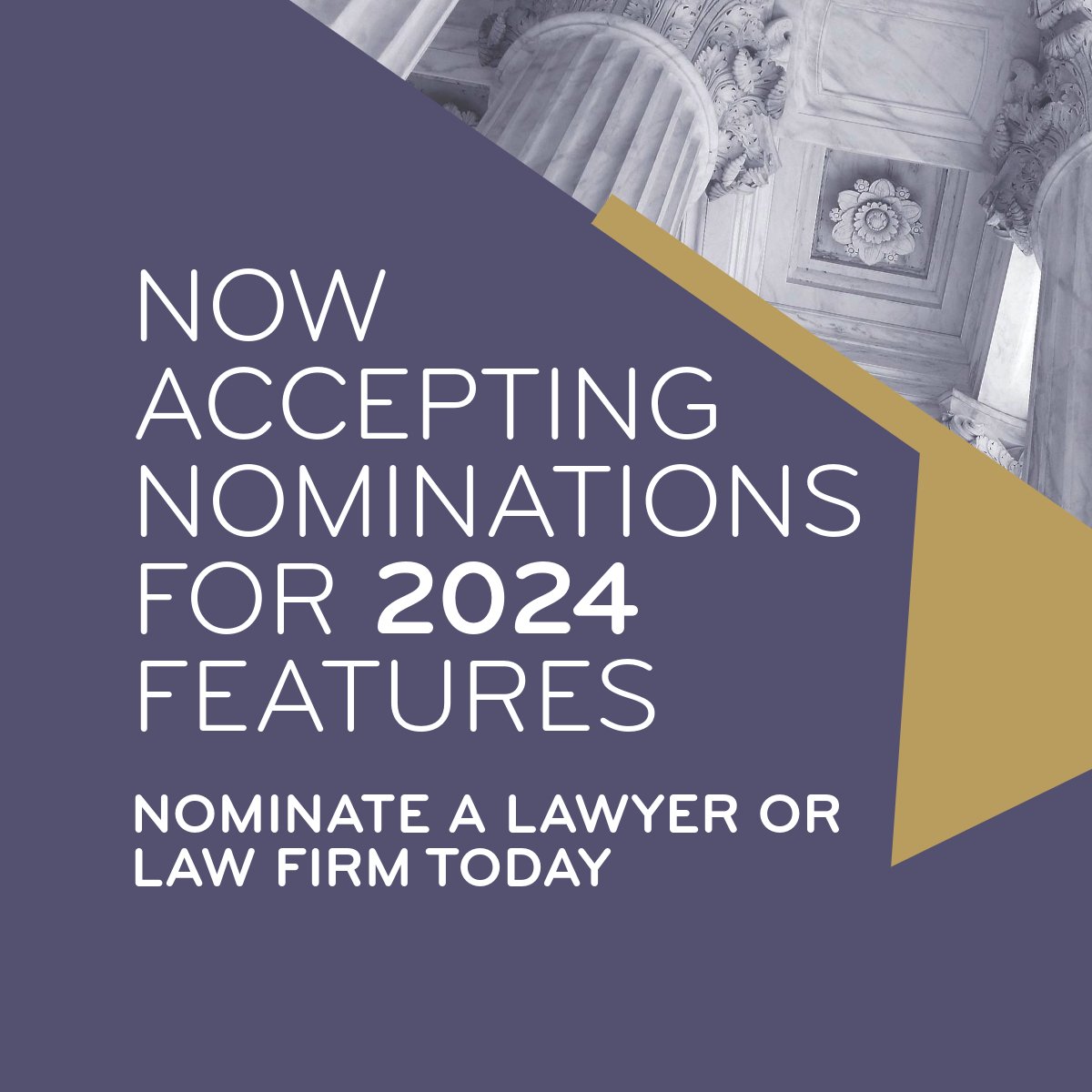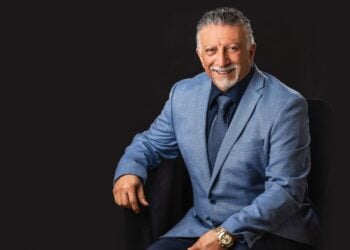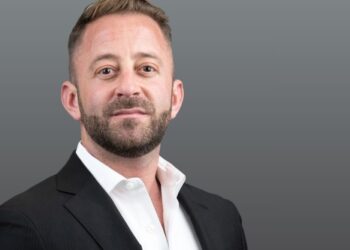Attorney at Law Magazine sat down with the founders of Quality Forensic Engineering – President and CEO Brian Pfeifer, Ph.D., a forensic engineer with 25 years of experience, and CFO Betty Gillander, who has 30 years of experience in finance, operations, and global program management for Fortune 500 companies.
AALM: Tell us about the founding of Quality Forensic Engineering.
Pfeifer: We decided to join forces in 2019 to form a new engineering firm that provides services to existing and new clients in Florida and throughout the U.S. We provide engineering support to clients in the areas of accident reconstruction, biomechanics, fire investigations, patent litigation analysis, premises liability, product liability, and tire failure analysis. The company consists of 20 team members who use the latest technology and industry proven techniques to provide thorough analysis and conclusions for the most difficult engineering questions.
Gillander: We have locations in Tallahassee, Jacksonville, Tampa, Indianapolis, New Orleans, San Diego and Tucson. Plus, we have plans to expand in the first quarter of 2024 with locations in Melbourne, Charlotte, and Columbia.
AALM: Can you break down the types of cases your team works on? What types of cases make up the majority of your work?
Gillander: Our four top-level areas of expertise are: vehicle and transportation accident analysis, premises liability, biomechanical and biomedical analysis, and specialized incident investigations. Our specialties are broken down further into 23 specialty categories.
AALM: Are there any areas you’re looking to expand on in 2024?
Pfeifer: In 2023, we added the specialty areas of biomechanical engineering, tire failure analysis, and fire origin and cause investigations. We are always open to adding new specialties. In 2023, we expanded geographically which we’ll continue in the first quarter of 2024. We hope to expand into more southern states as well as into the northeast of the U.S.
AALM: Tell us about the different qualifications your team members bring to the team. How do you work together on cases?
Gillander: Our team members work closely together in a collaborative effort to complete the analysis and work related to each matter. We offer continuous external and internal training opportunities and encourage and reward mentoring and teamwork. Our engineers come from many engineering disciplines including civil, mechanical, industrial, biomedical, materials science, cardiovascular biomechanics, and orthopedic biomechanics. Our engineers bring a diverse skillset and variety of backgrounds to the company, working closely together as a team to solve complicated problems and explain the results in understandable terms.
AALM: Have you noticed any trends in the forensic engineering industry and how they may impact lawyers or their cases?
Pfeifer: Advances in data gathering technology and analytic techniques are improving the efficiency and accuracy of the work forensic engineers perform. These technologies range from new types of 3-D scanning equipment to improved simulation programs with impressive graphical outputs.
AALM: Tell us about your CLE courses. Any specific topics you’re excited to be speaking about with Florida lawyers in 2024?
Gillander: We are excited to provide the following 10 CLE courses in 2024: Accident Reconstruction 101, Fire Origin and Cause, Maintenance of Traffic (MOT) and Work Zones, Pedestrian/Bicycle Accident Reconstruction, Premises Liability, Product Liability, Slips Trips and Falls, Technology and Accident Reconstruction, Tire Failure Evaluations and Tractor Trailer Technology.
AALM: Tell us about your path to forensic engineering. What experiences led you to this profession?
Pfeifer: I was involved in the design and development of roadside safety appurtenances during my time as an engineer at the Midwest Roadside Safety Facility. During my tenure there, I participated in theoretical modeling and full-scale crash testing of guardrails, bridge rails, crash cushions, roadside signs, and the like. These experiences and the analysis of vehicle collisions, led me to investigate a career in forensic engineering.
AALM: How has the forensic engineering industry developed over the years? What are some of the biggest changes for the best, for the worst? How has technology complicated or simplified your work?
Pfeifer: The forensic engineering industry has changed immensely during the last 25-plus years. The biggest change is the way we are able to document evidence with equipment like 3-D scanners and drones. This equipment improves the accuracy of data gathering, while in many cases reducing the time required to collect the data and improving the safety involved in the data gathering. The availability of electronic data recorders in vehicles has also revolutionized the industry. We are now able to learn and understand the dynamics of a collision at a much more advanced level.
AALM: Is there a particular case that has stood out to you or impacted your career?
Pfeifer: One case that stands out involved a “Ride the Ducks” amphibious vehicle which was involved in a collision with a charter bus loaded with college students in Seattle, WA. I testified twice in a four-month trial in 2019, which was highly publicized. I still receive calls today from attorneys who mention my involvement in the case, which gained national attention.
AALM: Tell us about your decision to found Quality Forensic Engineering.
Gillander: After 20-plus years in the forensic engineering business, Dr. Pfeifer and I decided to form Quality Forensic Engineering, LLC to bring together many talented individuals to serve the forensic engineering needs of clients in Florida and throughout the U.S. Using new technology and streamlined processes, and providing continuous training and mentoring to existing and new team members, we strive to be the best in class for an accident reconstruction and forensic engineering firm. Our goals are to continue to expand geographically throughout the U.S. and to bring new specialties to the company through our extremely talented and highly revered team members.
AALM: How is the company involved in the community?
Gillander: We financially support many organizations throughout the year including Elder Care Services, numerous food banks, Lighthouse Children’s Home, The Carter Center, United Way, hospitals and care providers during COVID times, and local schools and athletic groups, through our advocate group functions.
We have volunteered personal time and talent to the Reading Pals literacy initiative through United Way. We have also volunteered to speak with students from several middle and high school classes in Florida and California, teaching them about the exciting field of forensic engineering and also about entrepreneurship and running a business.











